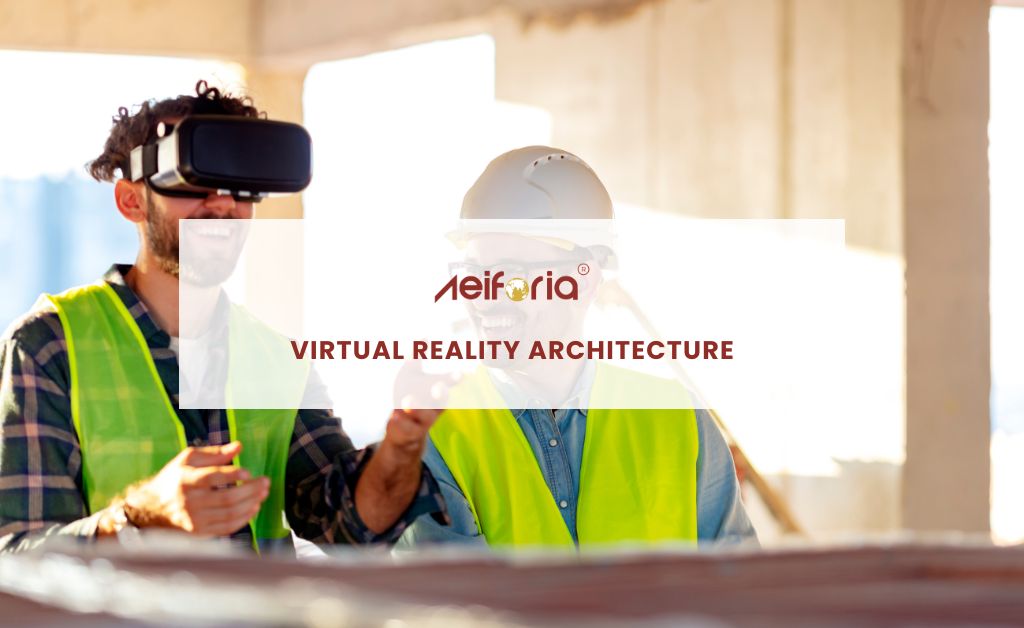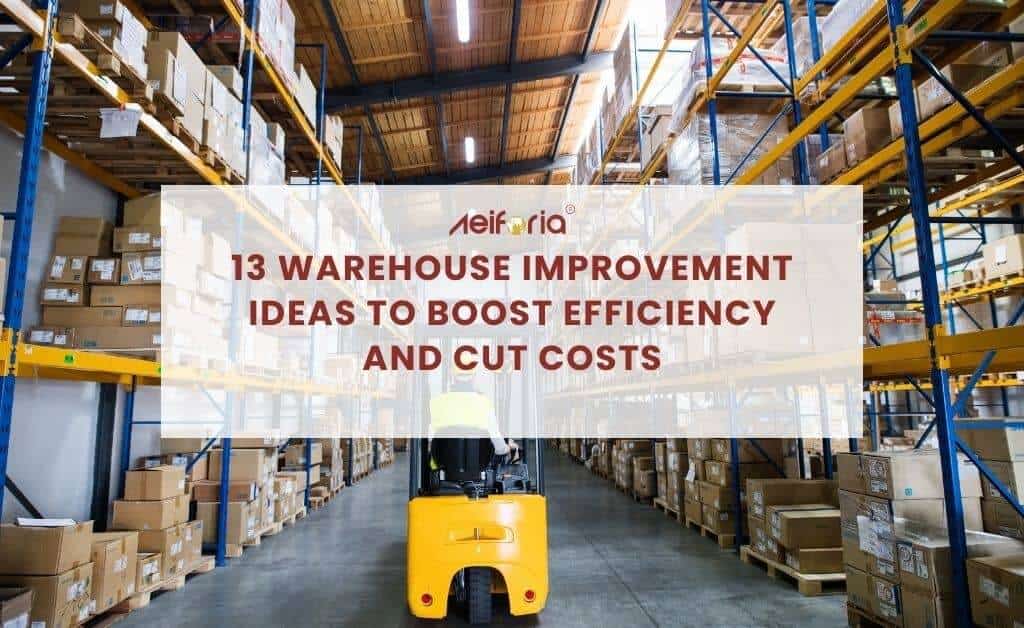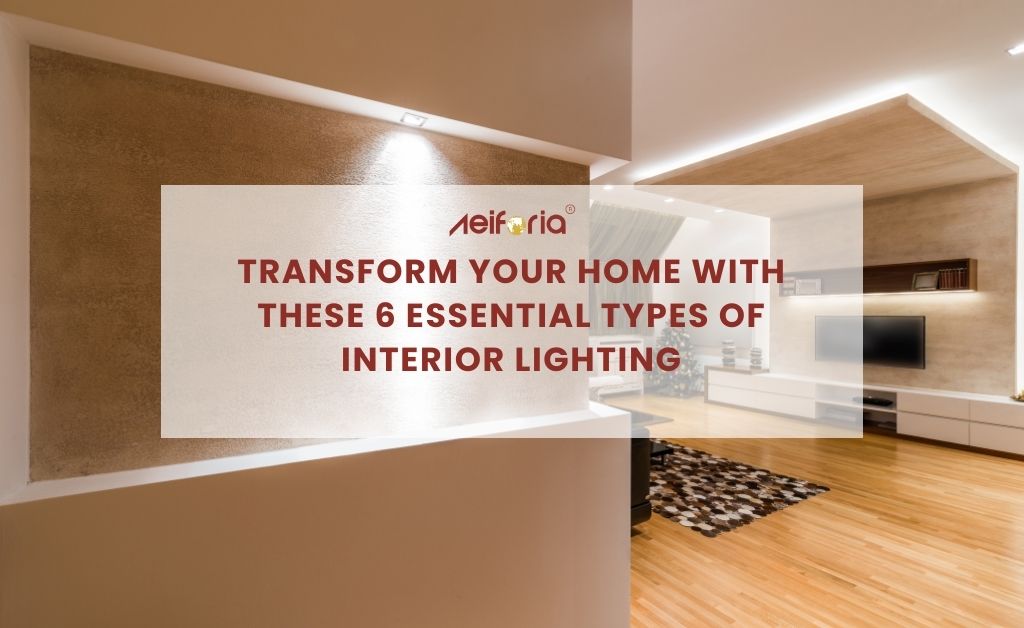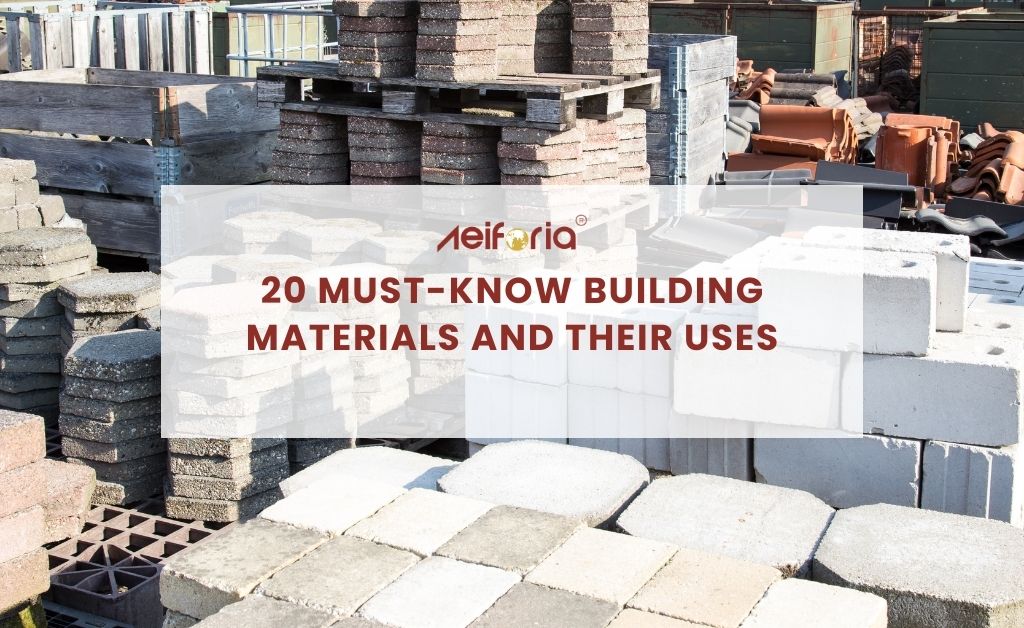
Virtual Reality Architecture
Reasons To Use Virtual Reality Within Architecture
In recent past years, virtual reality (VR) technology has become increasingly popular in architecture, and for a good reason. Architects are beginning to take advantage of this technology's powerful capabilities to create more immersive, interactive, and engaging projects. From virtual walk-throughs of buildings to 3D renderings of entire cities, VR is becoming an invaluable tool within the architecture industry. Here are some of the reasons why architects are now using virtual reality in their work:
Improved visualization and communication
One of the primary benefits of VR in architecture is its ability to provide an immersive, realistic experience for clients and stakeholders. This allows them to understand better and visualize the design and identify potential issues or areas for improvement.
VR can also create walkthroughs of the space, giving clients a sense of how it will feel to move through and interact with the design. This can be especially helpful for clients with difficulty envisioning a 2D floor plan or rendering.
Additionally, VR can facilitate collaboration between team members, allowing everyone to experience the design in a shared virtual environment. This can help identify potential issues or areas for improvement earlier in the design process, ultimately saving time and resources.
Enhanced design and planning
In addition to visualization and communication, VR can be used as a design and planning tool. For example, architects can use VR to test different design concepts and see how they look and feel in a virtual environment. This allows for more experimentation and iteration, resulting in a more refined design.
VR can also identify potential design issues or challenges, such as sight lines, traffic flow, or accessibility. By being able to experience the design in a virtual environment, architects can make adjustments and refinements to address these issues before construction begins.
Improved Collaboration
Virtual reality technology can also make it easier for architects to collaborate with other professionals. For example, they can use VR to share their designs with engineers and contractors, and they can also use it to communicate with clients. This can help expedite the design and construction process, as everyone involved will be able to view and understand the plans much more efficiently.
Increased efficiency and cost savings
Using VR in the design process can also increase efficiency and reduce costs. By visualizing and testing design concepts in a virtual environment, architects can avoid the need for physical mock-ups or prototypes, which can be time-consuming and costly.
Additionally, VR can help to identify potential issues or challenges with the design earlier in the process, which can help to avoid costly rework or changes during construction. This can save time and resources and keep the project on track and within budget.
Increased Creativity
By using VR, architects can create designs that would otherwise be impossible to build in the physical world. This opens up a whole new realm of creativity and innovation, allowing architects to explore new ideas and push the boundaries of design.
Enhanced presentations and marketing
In addition to its benefits for design and planning, VR can also be used to enhance presentations and marketing efforts. By providing an immersive, realistic experience for clients and stakeholders, VR can make a strong impression and effectively communicate the design vision.
VR can also be used to create virtual tours or walkthroughs of the space, which can be shared with potential buyers or clients. This can generate interest and excitement for the project and give people a better understanding of the space.
Increased Immersion and Engagement
One of the most exciting aspects of virtual reality is its immersion level. With VR, architects can create photorealistic walk-throughs of their designs and allow clients to explore them much more engagingly. This can be particularly helpful for large projects. It will let clients experience the design from different angles and better understand the space.
Overall, there are many reasons why architects and designers are turning to VR to visualize and present their designs. For improved visualization and communication, enhanced design and planning, increased efficiency and cost savings, or enhanced presentations and marketing, VR can transform how we design and experience buildings and spaces.






